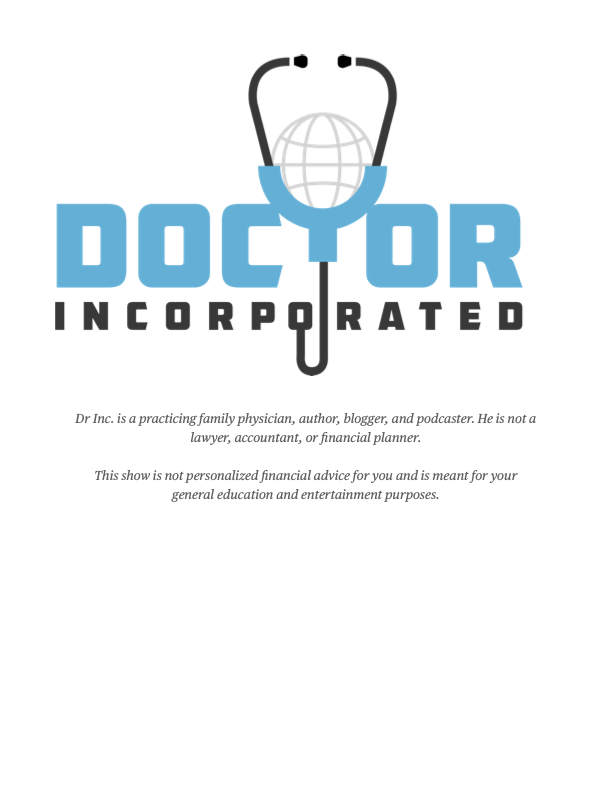
I love my job in family medicine and would choose the same specialty over and over again. It is enriching to connect with such a diverse group of patients from every walk of life and every age group. Over the past 25 years, some things haven’t changed like medical conditions and the need for affordable/accessible healthcare, but other things have changed dramatically, especially in the medical system and how care is delivered from doctor to patient.
I came across this picture recently of my first year of practice as an employed physician in my little rural community.
There was the retiring doctor along with his two young bucks who were ready to conquer the world doing traditional family medicine. There were 3 doctors, 1 office manager, and 5 staff that managed everything from labs to billing to clinical care of the patient. 9 of us could do it all.

- Charting was on paper with physical charts and along with pen and paper
- Prescriptions were handwritten
- Referrals were scheduled on the spot
- Labs were performed in-house, and X-rays were done at the hospital on-site
- Clinic schedules allowed for time to do hospital rounds before and after clinic hours
- Professional attire such as ties were normative, and lab coats were worn daily
- The pay was via a salaried paycheck and benefits were robust including most medical care costing very little out of pocket
- I was accessible by pager, through the clinic phone, and via my unpublished home phone (the retiring doctor strongly recommended I not place my name in the phone book)
This is in contrast to this picture of my office staff taken a few years ago around the holidays. 2 doctors, 1 NP, and over double the support staff do all of the work in an ever-increasing complexity of care

The complexity has nothing to do with patients becoming more complex but rather is associated with the complexity of how care is delivered to patients—due to the interjection of many layers of corporate management.
I can say that my level of quality care is no different than it was in the more simplistic system over 25 years ago. What is different is that is now a growing legion of 3rd parties who have entered the clinic and exam room via the trojan horse of EHR. Those 3rd parties now demand digital proof of the quality of care as digital patient care data has now become a commodity in and of itself. I have become conditioned to the idea that “if it wasn’t documented, it wasn’t done”.
The vast growth in my support staff is cloaked in the mantra of safety and quality. The reality is that they are now necessary to satisfy the demands of layers of administrators that have hijacked the doctor-patient relationship and monetized it into something for them to manage.
Now….
- The computer is the focal point of the exam room as doctors and nurses are enslaved to the EHR’s influence
- The patient dutifully complies with the data loading and then awaits the verdict at each visit, aware that doctors often don’t touch them, nor examine them like in years past. Now digital information is spit out by the computer and patients are informed of data answers via electronic messaging. Doctors are just mine-workers who manage this metadata.
- I now must have 3 nurses that scribe and help load information into the EHR-it’s the only way I can efficiently see patients
- I have a case manager in my clinic
- I have a dedicated ambulatory pharmacist in my clinic
- I have 2 full-time staff whose sole purpose is to manage PAs
- I have over 1000 items in my “in-box” to sign each week, I have scores of digital patient data to review and take action on every day, and both virtual rounds to make on patients and as well as face-to-face hospital rounds to make on patients.
- I am accessible 24-7 via cell phone, text, social media, secure employer chats, employer and personal email, remote EHR, and various other communication channels. My personal favorite is to start my clinic day with as many as 10 personal messages to me—that I must answer back directly—no staff to manage or triage questions—just me—all of why I try to manage to see 30-35 patients face to face each day.
Now patients fill out patient satisfaction reviews online, and via our corporate vendor. So I have to learn how to ask “Give me 5 stars”. Worse yet, their scores are tied to my compensation. Medicine used to involve doing the right thing in collaboration with the patient, now it involves making the patient feel happy and satisfied as a consumer of my employer’s health system.
Now I receive quality scorecards from every 3rd party imaginable as they feel empowered to be a watchdog for the care I give “their patients”.
This is all evidence that the 21st-century primary care doctor must be a professional who forms teams around him/her to support your expertise in clinical decision-making. Your medically trained brain and sensory system (diagnostic skills) delivered as a real human being are what separate you from AI, and what distinguish you from lesser versions like NPs and PAs. You are a professional.
You must understand how to lead a data entry/processing/and integration clinical team, and how to make sure each of those team members is being empowered to operate at the maximum of their professional training.
You must accept that patients are no longer aligned with your individual practice or even your name— but they have become corporate commodities who are courted by those businesses for their brand loyalty.
Lastly, you must be aware that patient data is the new gold in healthcare and you will be asked to fill the data fields with EHR information via a mind-numbing employer exhortation of “it’s just one more click”.
 Get A Copy Now!
Get A Copy Now!
https://www.doctorincorporatedthebook.com/
Then after you master all this new world process, you have to be aware that your safe harbor of employment that you worked so hard to adapt to now will become your self-created prison—where 50% or more of you will experience burnout. Here you are trapped by a system that pays you well, but slowly removes your professional dignity through the erosion of your autonomy.
This is not the way to live as a doctor, and it’s why I made a change 10 years ago that restored my autonomy, while still working for the same employer—not as an employee any longer, but as a self-employed long-term contractor. You can read about it in my book “Doctor Incorporated: Stop The Insanity of Traditional Employment and Preserve Your Professional Autonomy” or you learn how to do an employment lite structure yourself at SimpliMD.








0 Comments